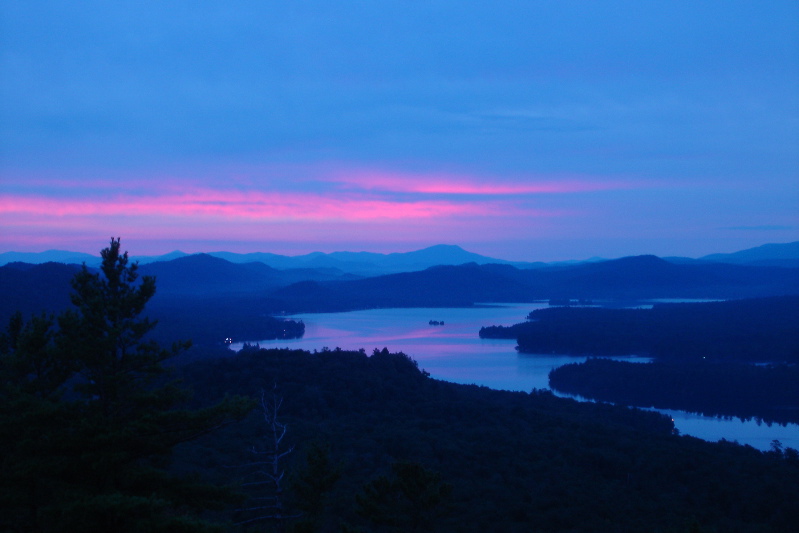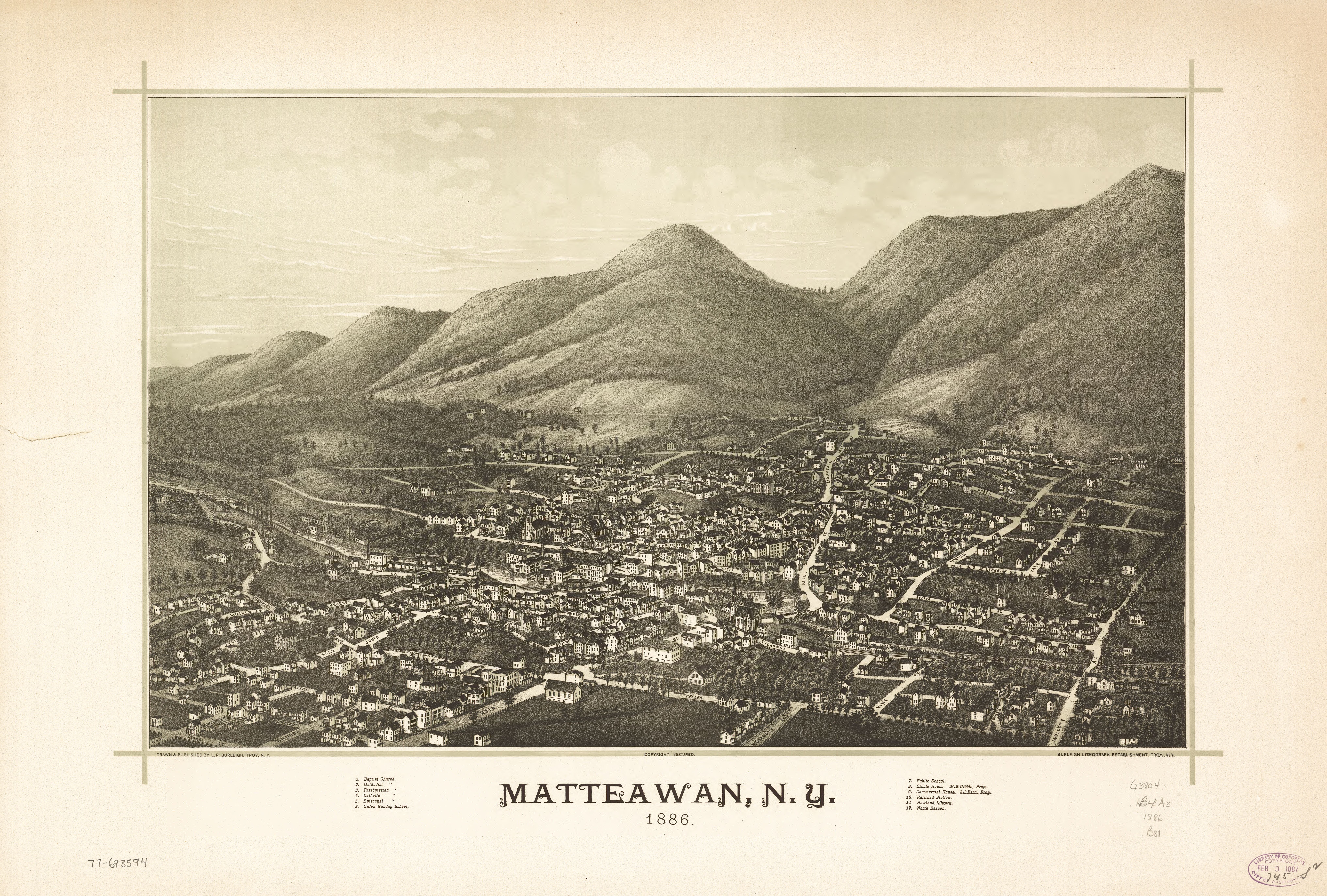|
Matewan, West Virginia
Matewan () is a town in Mingo County, West Virginia, United States at the confluence of the Tug Fork River and Mate Creek. The population was 499 at the 2010 census. The Norfolk Southern Railway's Pocahontas District passes through the town. It was a center of bitter labor coal mining labor conflict in the early 20th Century, which culminated in the Battle of Matewan in 1920. Geography According to the United States Census Bureau, the town has a total area of , all land. Demographics 2010 census At the 2010 census there were 499 people, 261 households, and 117 families living in the town. The population density was . There were 301 housing units at an average density of . The racial makeup of the town was 91.6% White, 6.4% African American, 0.2% Native American, and 1.8% from two or more races. Hispanic or Latino of any race were 0.6%. Of the 261 households 19.9% had children under the age of 18 living with them, 31.4% were married couples living together, 10.3% had ... [...More Info...] [...Related Items...] OR: [Wikipedia] [Google] [Baidu] |
Town
A town is a human settlement. Towns are generally larger than villages and smaller than cities, though the criteria to distinguish between them vary considerably in different parts of the world. Origin and use The word "town" shares an origin with the German word , the Dutch word , and the Old Norse . The original Proto-Germanic word, *''tūnan'', is thought to be an early borrowing from Proto-Celtic *''dūnom'' (cf. Old Irish , Welsh ). The original sense of the word in both Germanic and Celtic was that of a fortress or an enclosure. Cognates of ''town'' in many modern Germanic languages designate a fence or a hedge. In English and Dutch, the meaning of the word took on the sense of the space which these fences enclosed, and through which a track must run. In England, a town was a small community that could not afford or was not allowed to build walls or other larger fortifications, and built a palisade or stockade instead. In the Netherlands, this space was a garden, mor ... [...More Info...] [...Related Items...] OR: [Wikipedia] [Google] [Baidu] |
Coal Wars
The Coal Wars were a series of armed labor conflicts in the United States, roughly between 1890 and 1930. Although they occurred mainly in the East, particularly in Appalachia, there was a significant amount of violence in Colorado after the turn of the century. History The Coal Wars were the result of economic exploitation of workers during a period of social transformation in the coalfields. Beginning in 1870–1880, coal operators had established the company town system. Coal operators paid private detectives as well as public law enforcement agents to ensure that union organizers were kept out of the region. In order to accomplish this objective, agents of the coal operators used intimidation, harassment, espionage and even murder. Throughout the early 20th century, coal miners attempted to overthrow this system and engaged in a series of strikes, including the Paint Creek–Cabin Creek strike of 1912, and the Battle of Evarts, which coal operators attempted to stop throug ... [...More Info...] [...Related Items...] OR: [Wikipedia] [Google] [Baidu] |
Upstate New York
Upstate New York is a geographic region consisting of the area of New York State that lies north and northwest of the New York City metropolitan area. Although the precise boundary is debated, Upstate New York excludes New York City and Long Island, and most definitions of the region also exclude all or part of Westchester and Rockland counties, which are typically included in Downstate New York. Major cities across Upstate New York from east to west include Albany, Utica, Binghamton, Syracuse, Rochester, and Buffalo. Upstate New York is divided into several subregions: the Hudson Valley (of which the lower part is sometimes debated as to being "upstate"), the Capital District, the Mohawk Valley region, Central New York, the Southern Tier, the Finger Lakes region, Western New York, and the North Country. Before the European colonization of the United States, Upstate New York was populated by several Native American tribes. It was home to the Iroquois Confederacy, an i ... [...More Info...] [...Related Items...] OR: [Wikipedia] [Google] [Baidu] |
Dutchess County
Dutchess County is a county in the U.S. state of New York. As of the 2020 census, the population was 295,911. The county seat is the city of Poughkeepsie. The county was created in 1683, one of New York's first twelve counties, and later organized in 1713. It is located in the Mid-Hudson Region of the Hudson Valley, north of New York City. Dutchess County is part of the Poughkeepsie–Newburgh–Middletown Metropolitan Statistical Area, which belongs to the larger New York–Newark–Bridgeport, NY-NJ-CT-PA Combined Statistical Area. History Before Anglo-Dutch settlement, what is today Dutchess County was a leading center for the indigenous Wappinger peoples. They had their council-fire at what is now Fishkill Hook, and had settlements throughout the area. On November 1, 1683, the Province of New York established its first twelve counties, including Dutchess. Its boundaries at that time included the present Putnam County, and a small portion of the present Columbia Coun ... [...More Info...] [...Related Items...] OR: [Wikipedia] [Google] [Baidu] |
Beacon, New York
Beacon is a city located in Dutchess County, New York, United States. The 2020 census placed the city total population at 13,769. Beacon is part of the Poughkeepsie– Newburgh– Middletown, New York Metropolitan Statistical Area as well as the larger New York–Newark–Bridgeport, New York–New Jersey–Connecticut–Pennsylvania Combined Statistical Area. Beacon was so named to commemorate the historic beacon fires that blazed forth from the summit of the Fishkill Mountains to alert the Continental Army of British troop movements. Originally an industrial city along the Hudson, Beacon experienced a revival beginning in 2003 with the arrival of Dia Beacon, one of the largest modern art museums in the United States. Recent growth has generated debates on development and zoning issues. The area known as Beacon was settled by Europeans as the villages of Matteawan and Fishkill Landing in 1709. They were among the first colonial communities in the county. Beaco ... [...More Info...] [...Related Items...] OR: [Wikipedia] [Google] [Baidu] |
Norfolk And Western Railway
The Norfolk and Western Railway , commonly called the N&W, was a US class I railroad, formed by more than 200 railroad mergers between 1838 and 1982. It was headquartered in Roanoke, Virginia, for most of its existence. Its motto was "Precision Transportation"; it had a variety of nicknames, including "King Coal" and "British Railway of America". In 1986, N&W merged with Southern Railway to form today’s Norfolk Southern Railway. The N&W was famous for manufacturing its own steam locomotives, which were built at the Roanoke Shops, as well as its own hopper cars. After 1960, N&W was the last major Class I railroad using steam locomotives; the last remaining Y class 2-8-8-2s would eventually be retired between 1964 and 1965. In December 1959, the N&W merged with the Virginian Railway (reporting mark VGN), a longtime rival in the Pocahontas coal region. By 1970, other mergers with the Nickel Plate Road and Wabash formed a system that operated of road on of track from North C ... [...More Info...] [...Related Items...] OR: [Wikipedia] [Google] [Baidu] |
Matewan West Virginia Floodwall
''Matewan'' () is a 1987 American Drama (film and television), drama film written and directed by John Sayles, and starring Chris Cooper (in his film debut), James Earl Jones, Mary McDonnell and Will Oldham, with David Strathairn, Kevin Tighe and Gordon Clapp in supporting roles. The film dramatizes the events of the Battle of Matewan, a coal miners' Strike action, strike in 1920 in Matewan, West Virginia, Matewan, a small town in the hills of West Virginia. ''Matewan'' was a critical success but a box office flop, grossing under $2 million on an estimated $4 million budget. The film received a nomination for the Academy Award for Best Cinematography, and received a Criterion Collection re-release in 2019. Plot Joe Kenehan is an organizer for the United Mine Workers. He arrives in Matewan, West Virginia in 1920 to organize miners against the Stone Mountain Coal Company. His introduction to the town is his witnessing of a mob of miners angry at wage cuts beating up black miners w ... [...More Info...] [...Related Items...] OR: [Wikipedia] [Google] [Baidu] |
.jpg)



